NYC’s Forgotten ‘War on Christmas Trees’
Discover how an obscure holiday crackdown affects festive street vendors today!

An amateur photographer gives Untapped New York an exclusive look into his private collection of vintage NYC photos!

Native Brooklynite and lifelong New Yorker Stephen Brodsky used his camera as a key to the city. As a young teen in the 1960s, emboldened by the 35mm Miranda Sensorex in his hands, he explored his neighborhood and beyond. On rolls of film, he immortalized the places and people he encountered. For more than fifty years Brodsky documented city life for his own enjoyment. Now in retirement, he has time to take stock of the collection he’s amassed. Lucky for us, Brodsky reached out to Untapped New York with a desire to share some of the thousands of images he has taken. Here, we give you an exclusive look at some of his work and insight into this long-term passion project. The images below were shot by Brodsky when he was just 15 years old. They show commuters, vendors, and transit employees inside the Atlantic Avenue LIRR station in Brooklyn and give a glimpse of what life was like at the time.
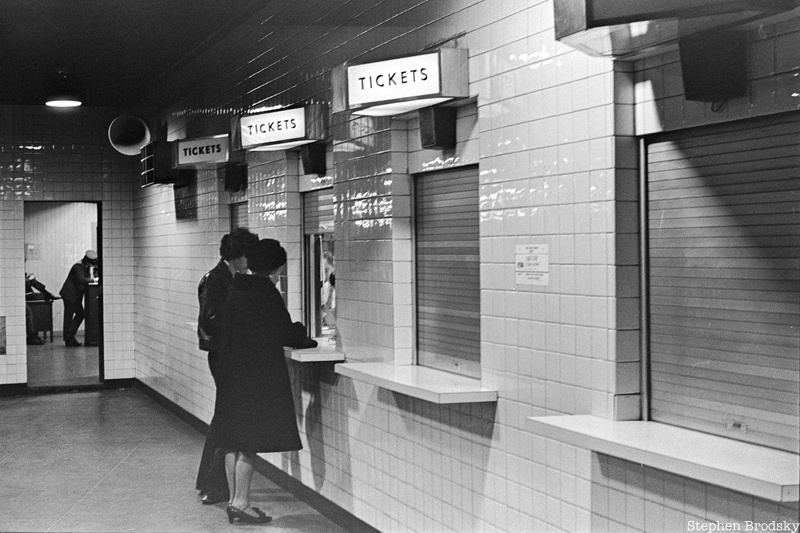
“New York City is in my blood, in my voice, in the way I see the world,” Brodsky told Untapped New York. Save for his college years spent on Long Island, he has always lived within the five boroughs. Brodsky grew up in Brooklyn neighborhoods of Flatbush, East New York, and Canarsie. After his daughter was born, Brodsky, his wife, and their new baby girl moved to Kew Gardens in Queens. Since his wife passed away in 2017, he has called Forest Hills home.
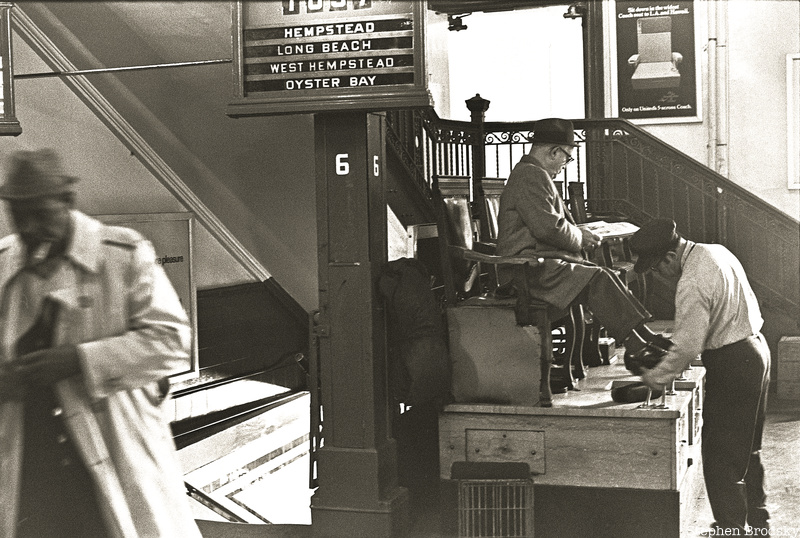
In his personal life and career, Brodsky has observed and been part of pivotal moments in New York City history. He served as Legal Counsel to Pace University for nearly forty years, helping the University through crises such as the 9/11 terrorist attack and the COVID-19 pandemic. “On 9/11, all of the officers and Trustees of the University were meeting in Midtown when the planes struck the two towers. Our meeting had been moved to Midtown because of a scheduling conflict at the University’s World Trade Institute on the 55th floor of One World Trade Center. Had we not been bumped to the Midtown location, all of the officers and Trustees of the University (including me) might have died that day.”
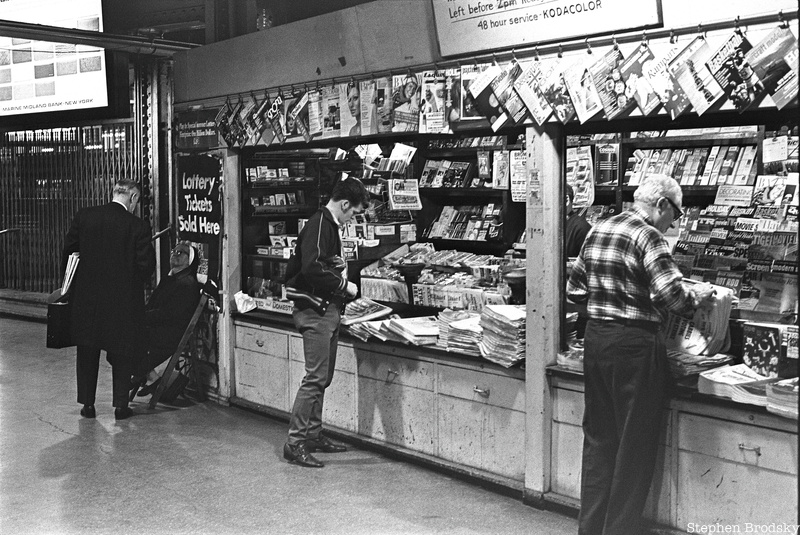
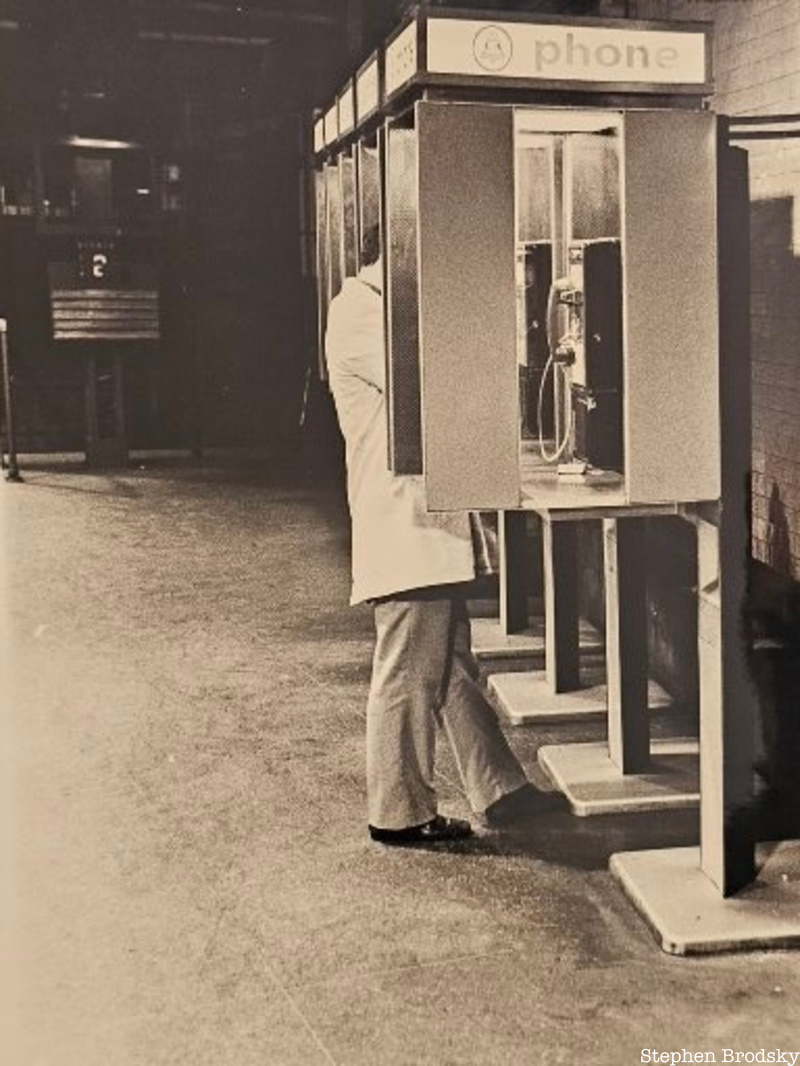
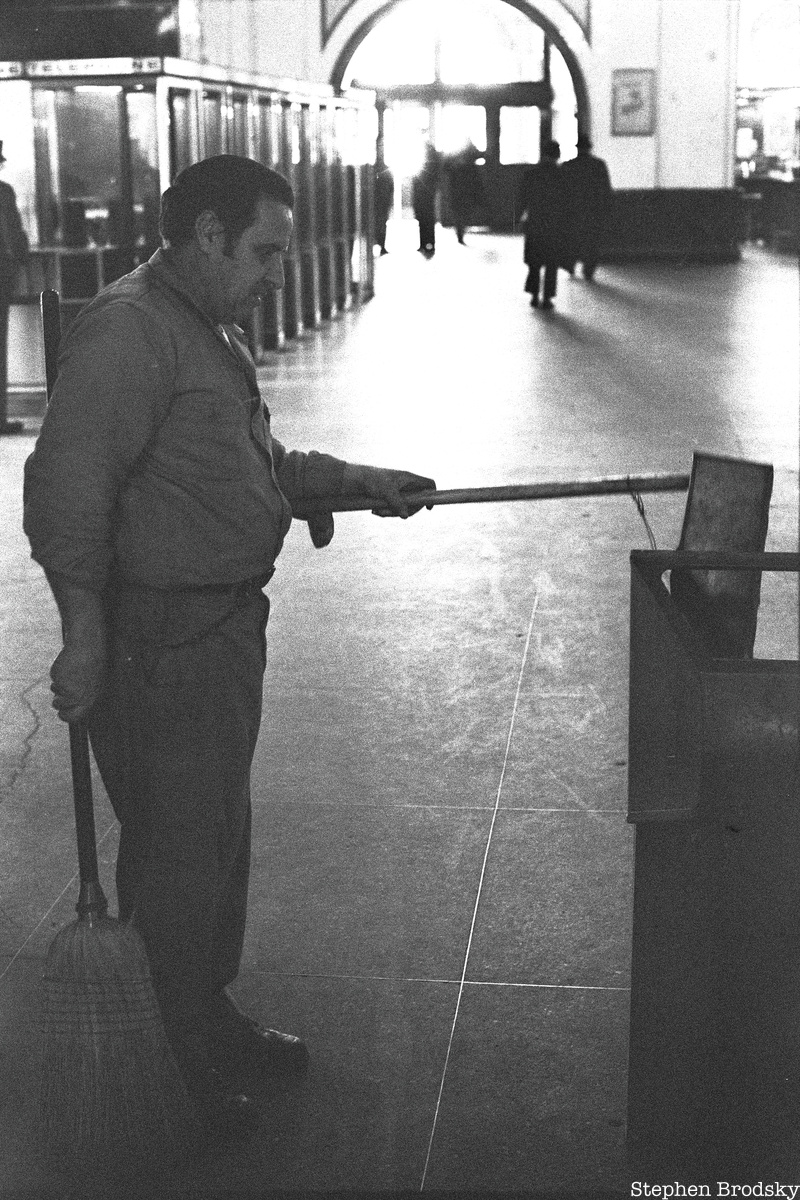
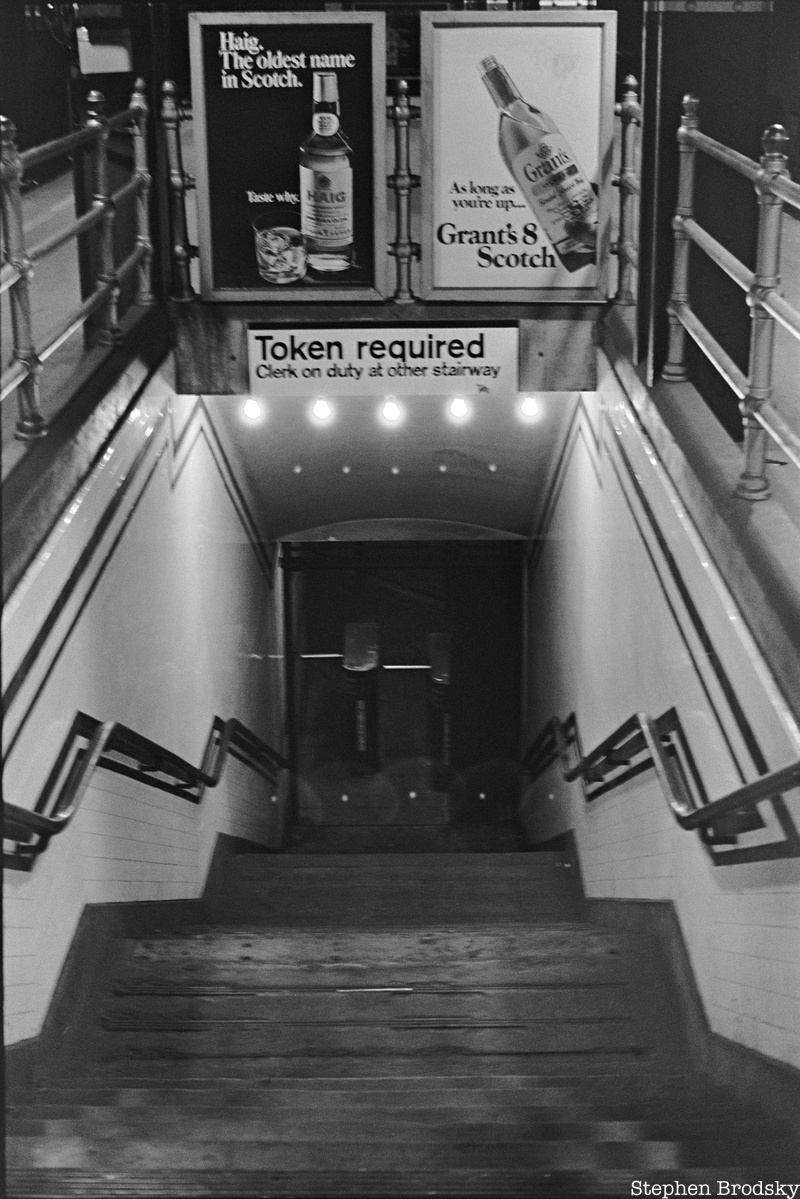
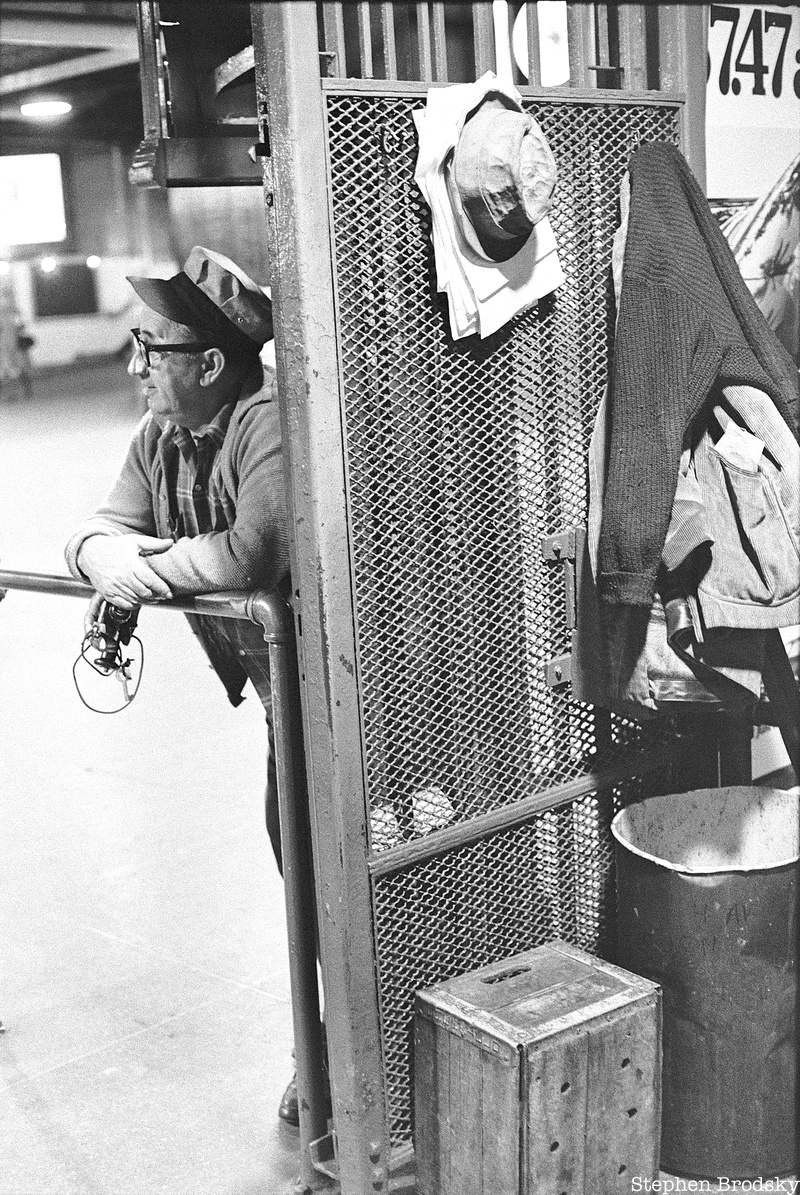
In 1967, Brodsky saved enough money from working at his uncle Stanley’s data processing company in Lower Manhattan to buy his first camera. Brodsky had recently lost his father and the camera helped him through that difficult time. “After my father died, I withdrew into myself. The camera became my companion, a reason to get out and roam the city. I could observe and take pictures, without having to socialize with people,” Brodsky said, “I started taking photos in our house, then in our Canarsie neighborhood, Canarsie Pier, playgrounds, street fairs, and Brooklyn Terminal Market.” Eventually, he turned his lens on the Long Island Railroad train station.
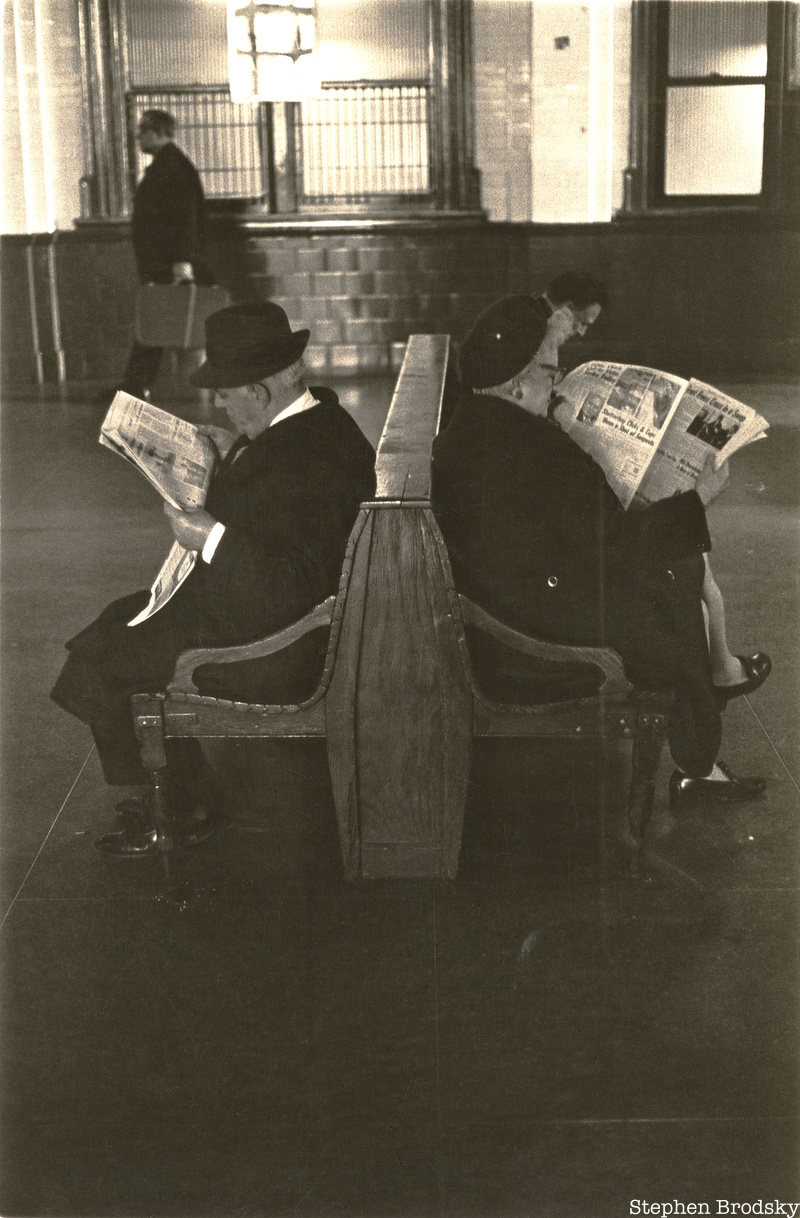
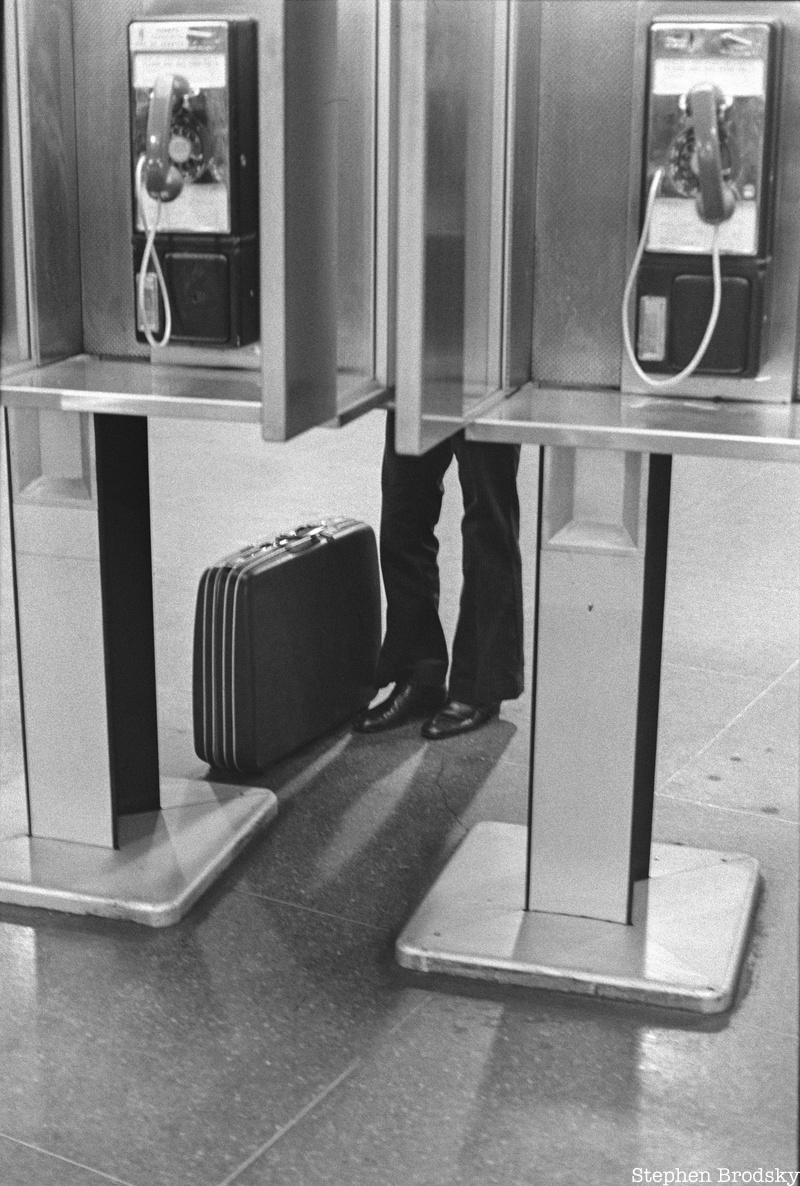
Brodsky playfully nicknamed the LL subway line originating at the Rockaway Parkway Station in Canarsie the “Lousy Line,” but knew “the subway could take you anywhere you wanted to go.” He could ride the rail to Penn Station near the big camera stores like Willoughby’s and Olden Camera and see “down and out men carrying sandwich boards advertising suits and other wares for sale.” Or he could ride up to Central Park and photograph the “fields and wooded paths in different seasons, in the morning and late afternoon.”
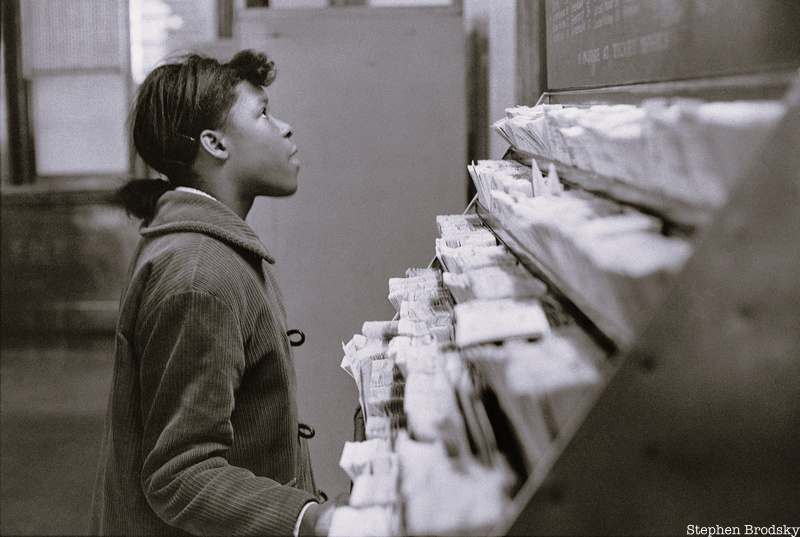
If he took the Seventh Avenue Line into Downtown Brooklyn he might capture “an old man feeding a flock of pigeons in front of Brooklyn Borough Hall.” Stepping outside the train car and into train stations, Brodsky never knew what he was going to see. “I was just exploring with my camera.”
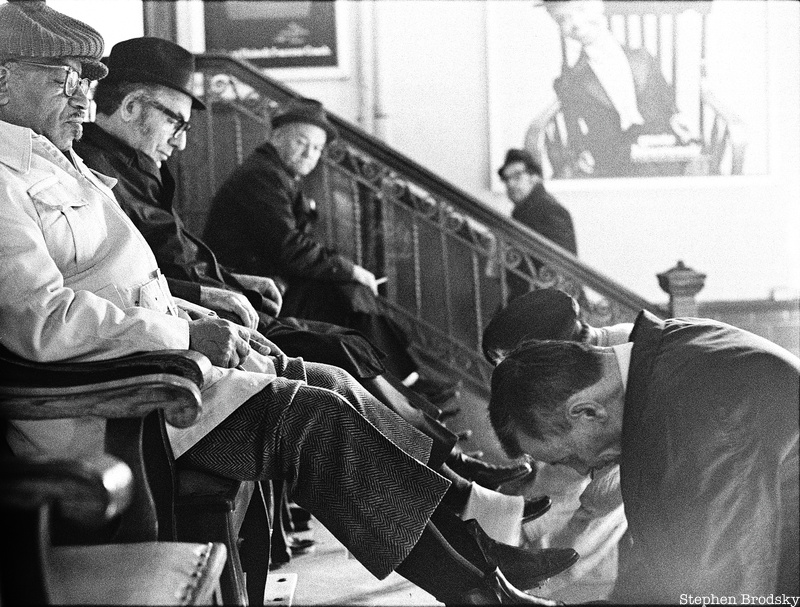
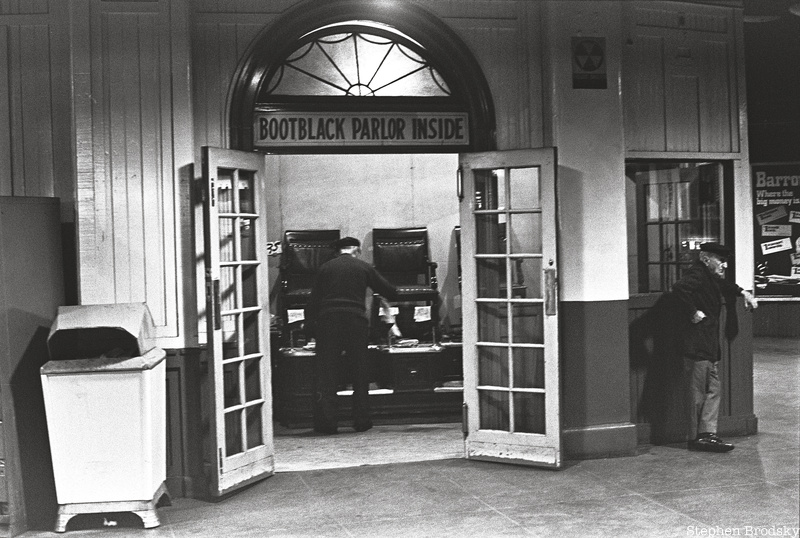
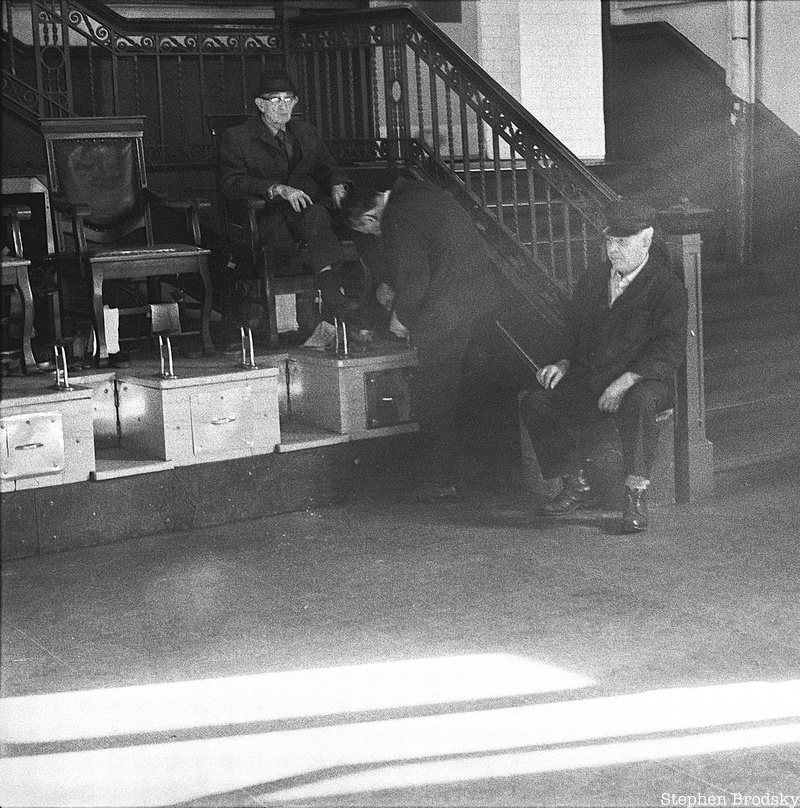
Inside the Atlantic Avenue station, Brodsky captured vignettes of city life. Small moments of day-to-day activity became cinematic inside his camera. In looking back on what he noticed while photographing the train station, he remembers scenes of “conductors and maintenance workers going about their business without hurry (including changing the signs by hand), commuters buying tickets, carrying shopping bags and suitcases, making calls at the telephone booths and standing at the newsstands, buying donuts and hot dogs at food stands washed down with an orange drink (I can still smell those hot dogs).”
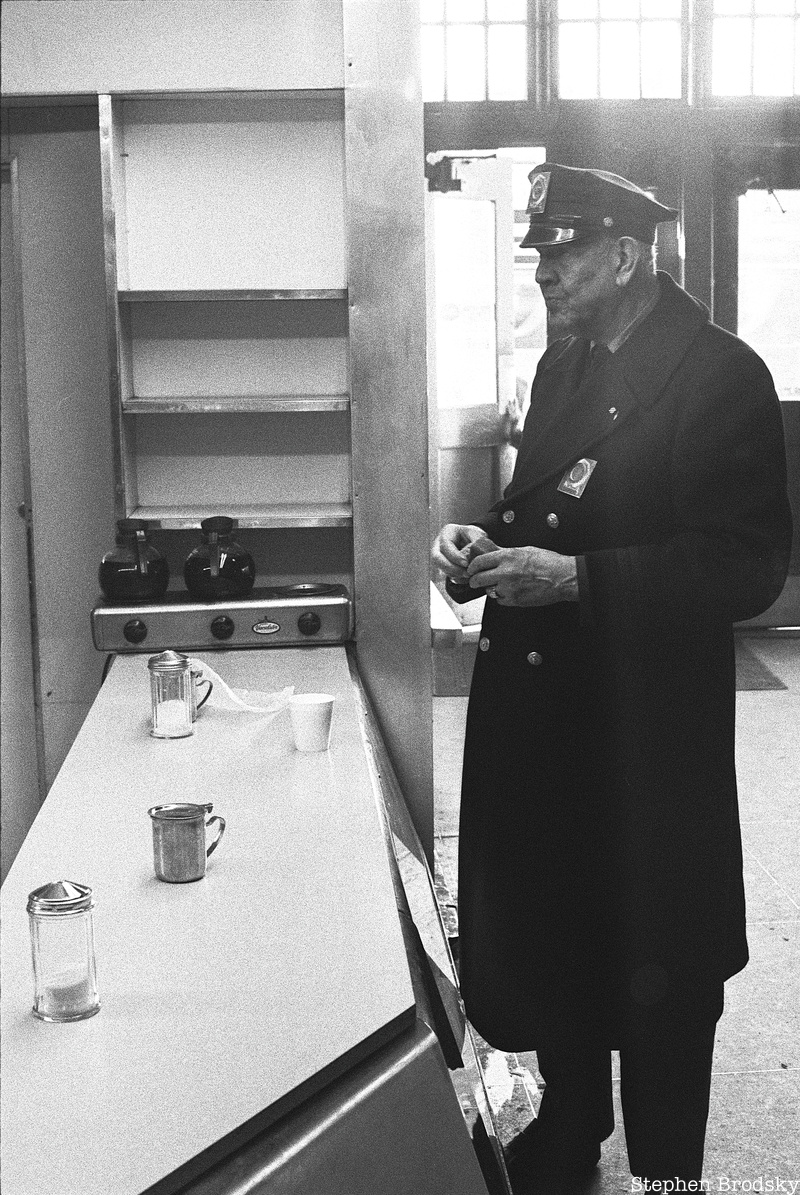
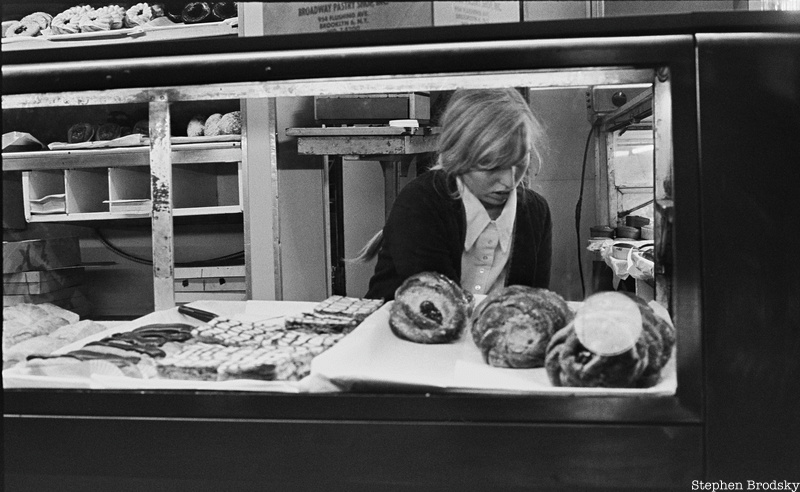
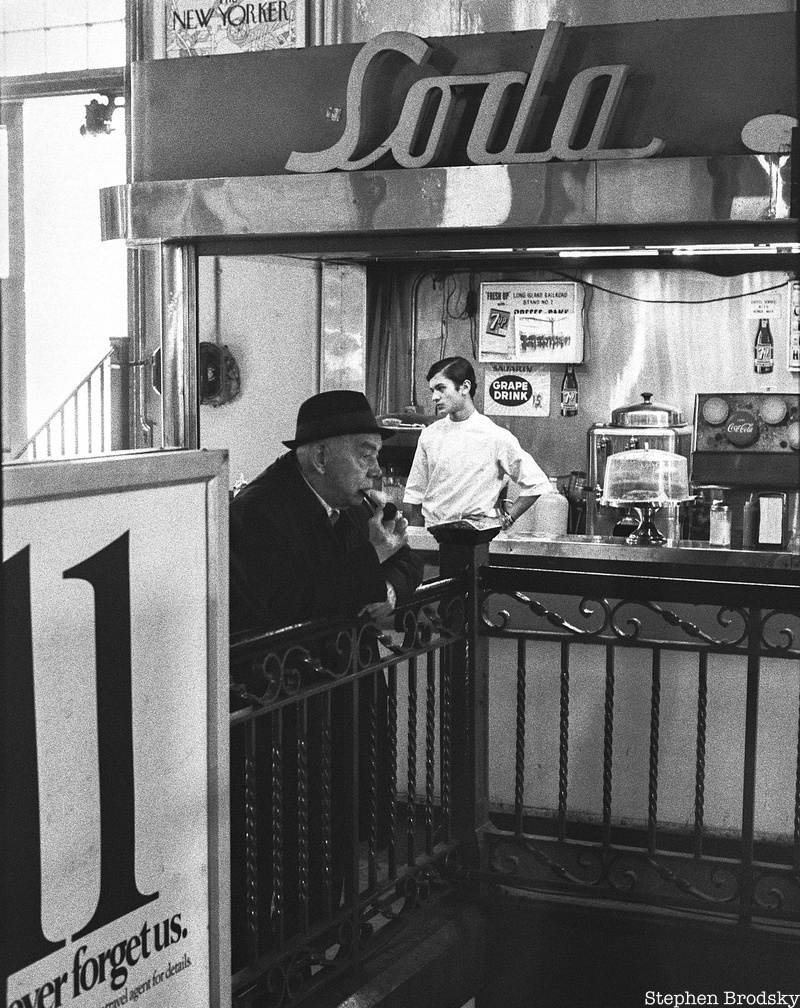
In his photos, you’ll see commuters “sitting in the waiting room on old long wooden double-sided benches, reading newspapers, staring into space, waiting, almost everyone wearing hats. Men getting their shoes shined and their hair cut before heading down the staircases into the depths to board their trains.”
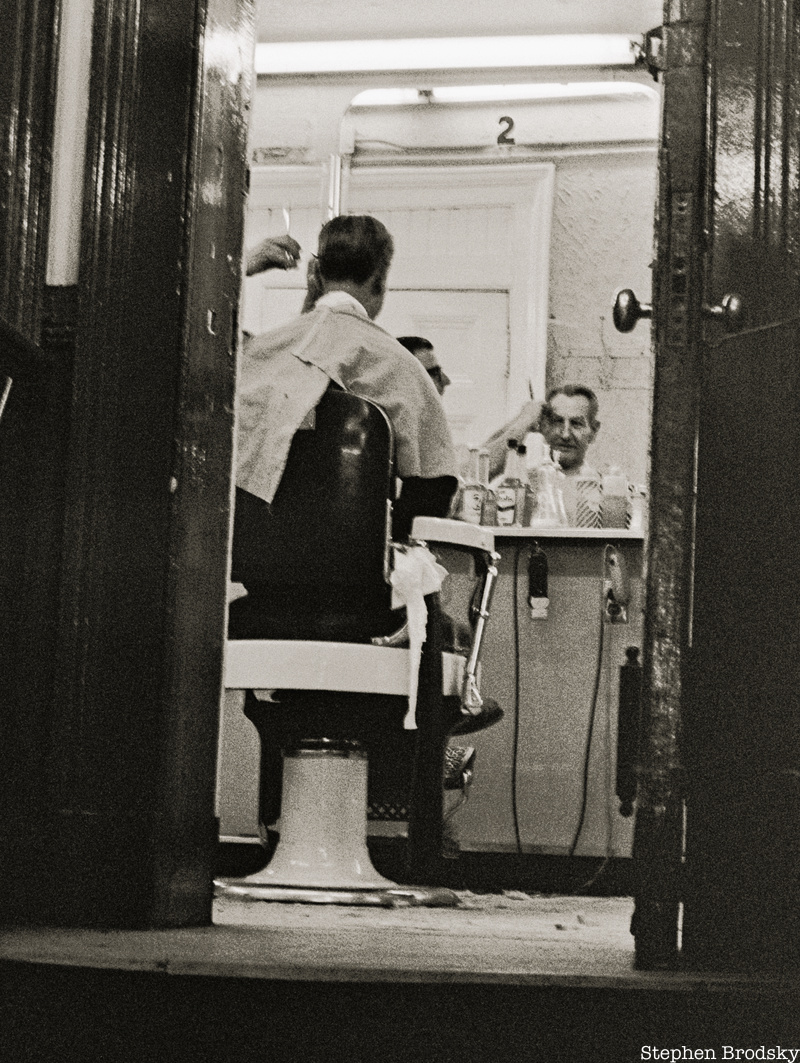
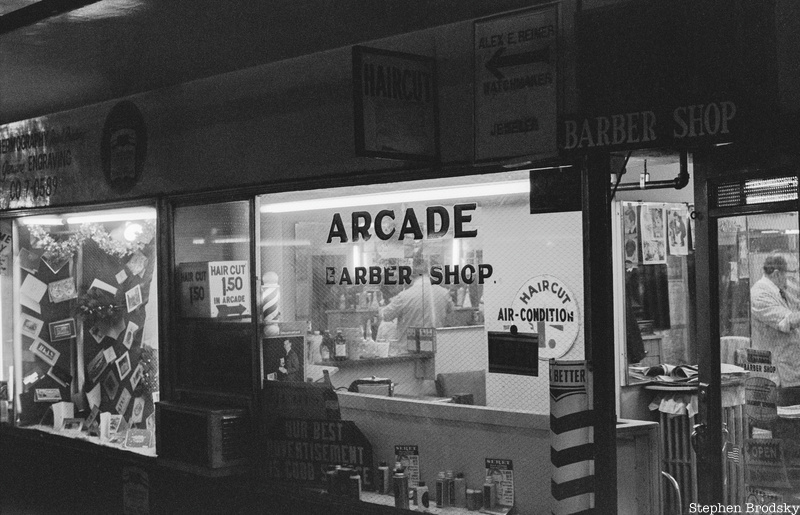
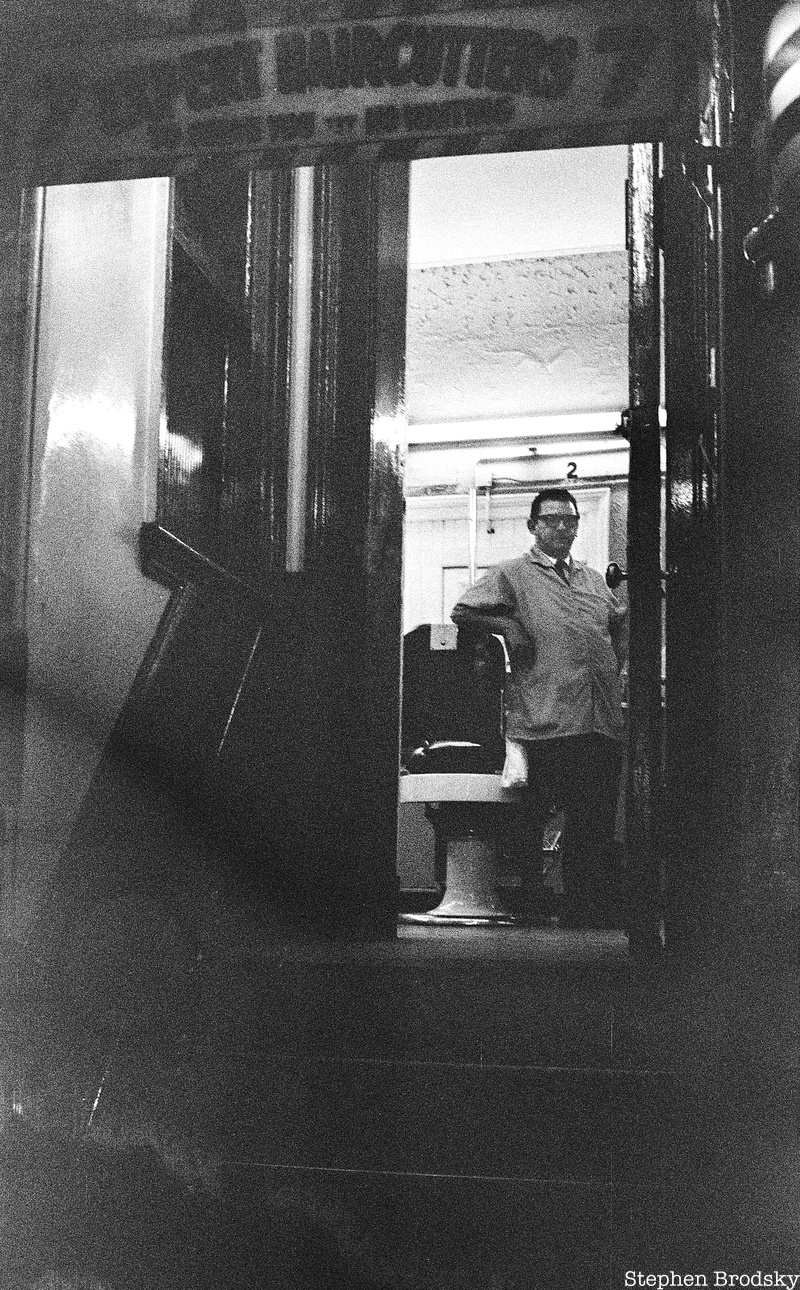
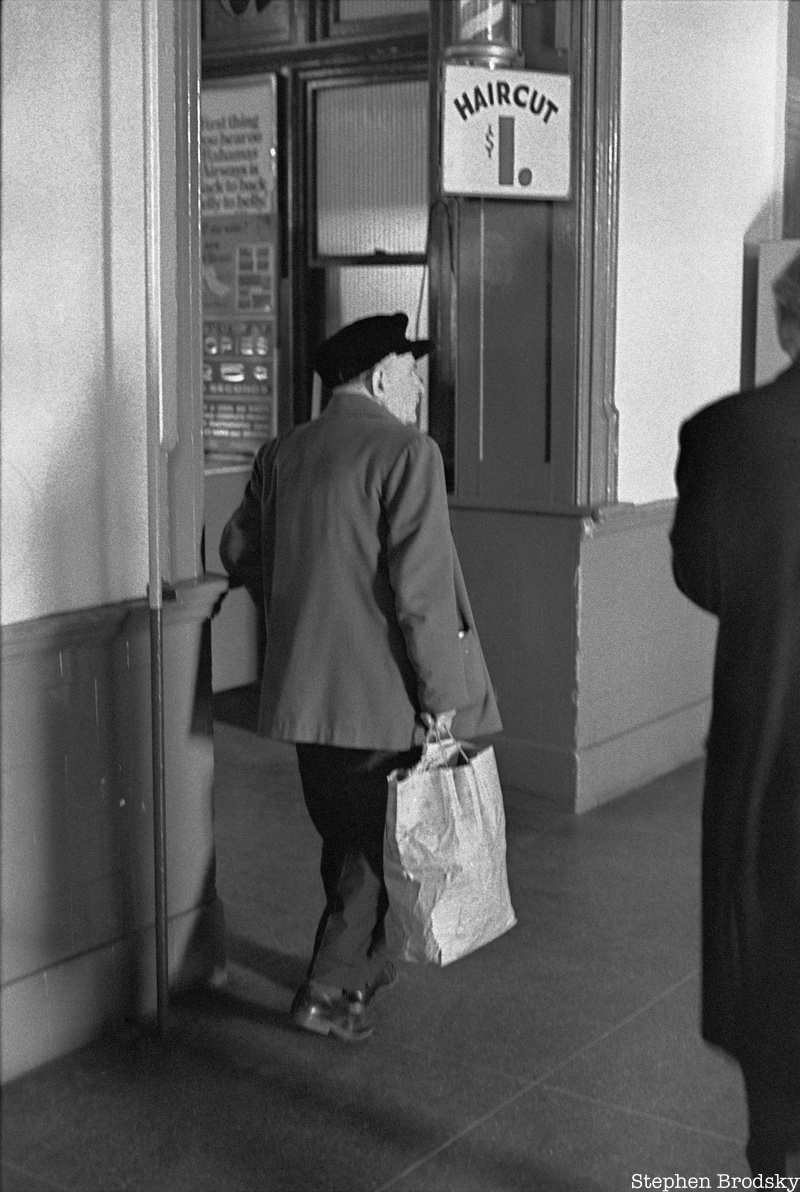
Brodsky has taken thousands of photos and is now revisiting some of the memories he captured. “When I first took the LIRR photos almost sixty years ago, I only printed a few of the negatives from the photo essay. In reviewing the negative strips for Untapped New York, I found many other images with interesting details that I either never noticed or didn’t remember. A businessman talking to a nun to the left of the newsstand, a man in a seaman’s cap who looks like Van Gogh’s Postman, popping up in several photos like a ghost. The old man in the hat in front of the food stand who followed me and positioned himself so that he would be in the picture.”

“What I notice most, however, is how all those people were willing to be photographed when I approached them with a camera in my hand as a kid of about fifteen. They were not afraid. Not one of them told me to get lost or tried to avoid being photographed. This would be unimaginable in today’s world,” Brodsky reflects.
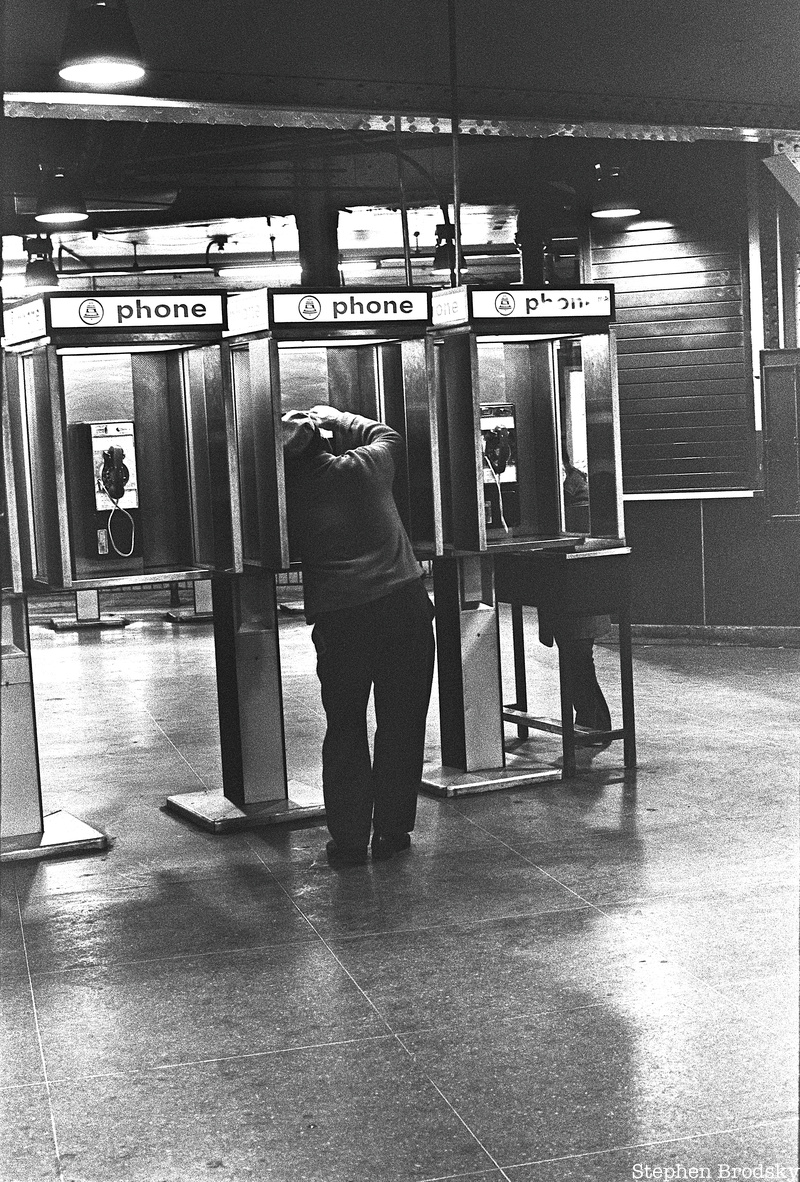
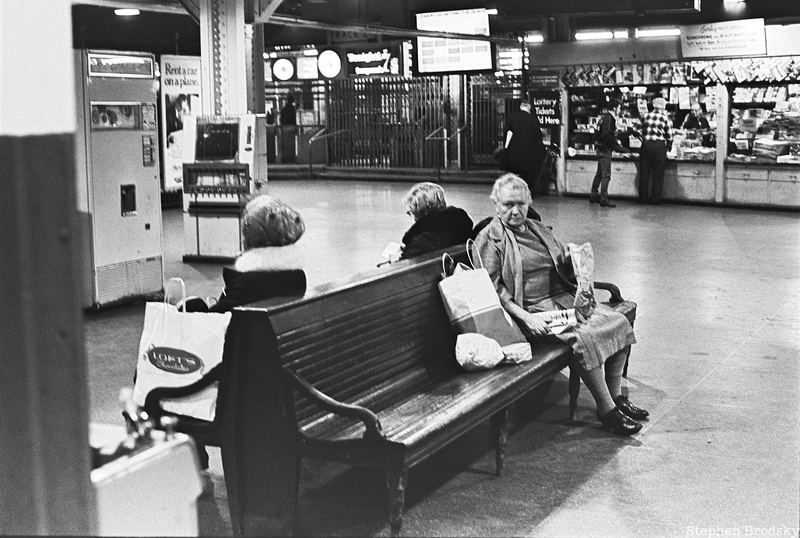
Brodsky’s favorite image is the one below of two figures descending the stairs to the train platform. “This photo was hanging in my law office for almost 40 years. Every day it reminded me of who I was and who I am still.”
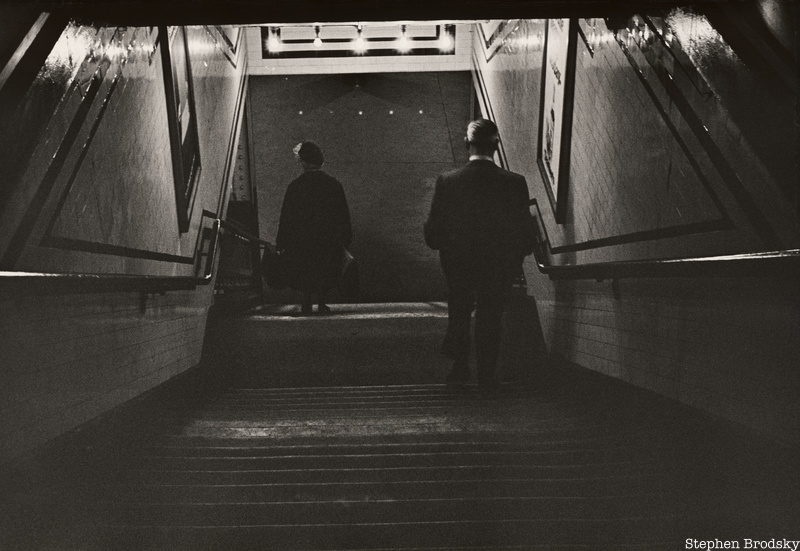
Stay tuned for more vintage images from Brodsky’s collection and see his recent photos on Instagram!
Next, check out Vintage Construction Photos of NYC Bridges
Subscribe to our newsletter